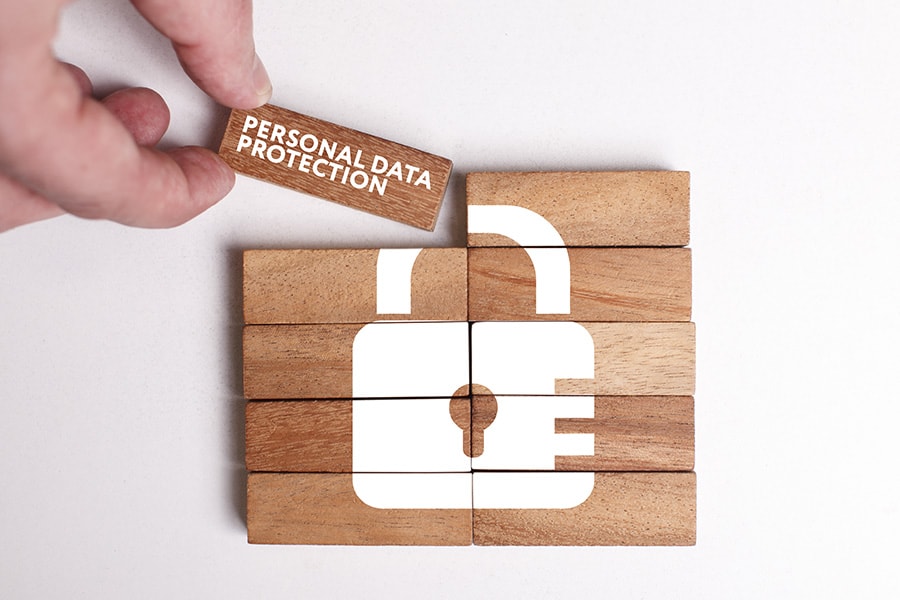BUSINESS CONTINUITY
Save What Matters with Backup
Data is the most critical asset you own. Lose it and your business will be wiped out. Research conducted by Gartner reveals that 94% of businesses that suffer data loss are put out of business permanently. The right business continuity solution can have you back in business within minutes.

Needs analysis
Have you ever considered what your true tolerance is for downtime? In our experience, when we ask any company this question, the answer is typical “we cannot afford to be down at all.”
There are ways to build an extremely redundant environment with a high level of business continuity in mind. But as you can imagine, it carries a high cost. When companies are presented with a solution with little to no downtime, they start to understand why we ask what your tolerance for downtime is. Answering that question internally will help any organization truly understand the cost of downtime; for an entire organization, department, or a mission-critical application. By having this knowledge, we can build the right solution.
What are you protecting?
In today’s environment, data lives across multiple platforms. You may have internal file servers, Microsoft Office365, SalesForce, Microsoft Dynamics, Azure, AWS, or even remote employees that keep information locally on their devices. That presents a challenge of how to secure and ensure data integrity and availability. While answering the question of what is our true tolerance for downtime, you need to be aware of what you are protecting and where the data resides.


Security
Now that we have identified your tolerance for downtime and where your data resides, we cannot ignore security! If you think about all of the different places where your data is and how many people have access to your information, one question comes to mind. Is it secure? Of course, all data recovery and business continuity solutions will talk about and demonstrate their security practices. But that is not enough; we need to consider data security before disaster strikes. Having the right policy and procedures around data access can prevent data leakage. Some examples include least privilege access, clean desk policy, security awareness training, and data encryption in motion and at rest.